Originally the plan was to use a magnetic reed sensor and battery powered arduino 328 with NRF24 on each doorway to monitor the doors opening and closing, and progress was made in this direction including designing and having printed my first pcb, but luckily it was found that there was already a (very discreet) motion sensor in the roof overlooking every door way, its just the logic for the existing bed sensor system that it was connected to prevented it from raising an alert if the resident was still in bed, (ie from another resident else walking into the room).
There were several key advantages to using a roof mounter PIR sensor:
- It detected door way activity even if the door was open
- There were no batteries to go flat
- Less radio units in the network meant much simpler topology
- Less hardware components
- No need to install anything on the door and doorway.
So permission was obtained from the existing bed sensor system installer and the facility management to disconnect all the existing motion sensors from the bed sensor system and wire them into one of 5 arduino/rf24 hubs in the roof which relayed motion events to the base unit at the nurses desk.
I have use project logs as chapters of the project development.
 hayden
hayden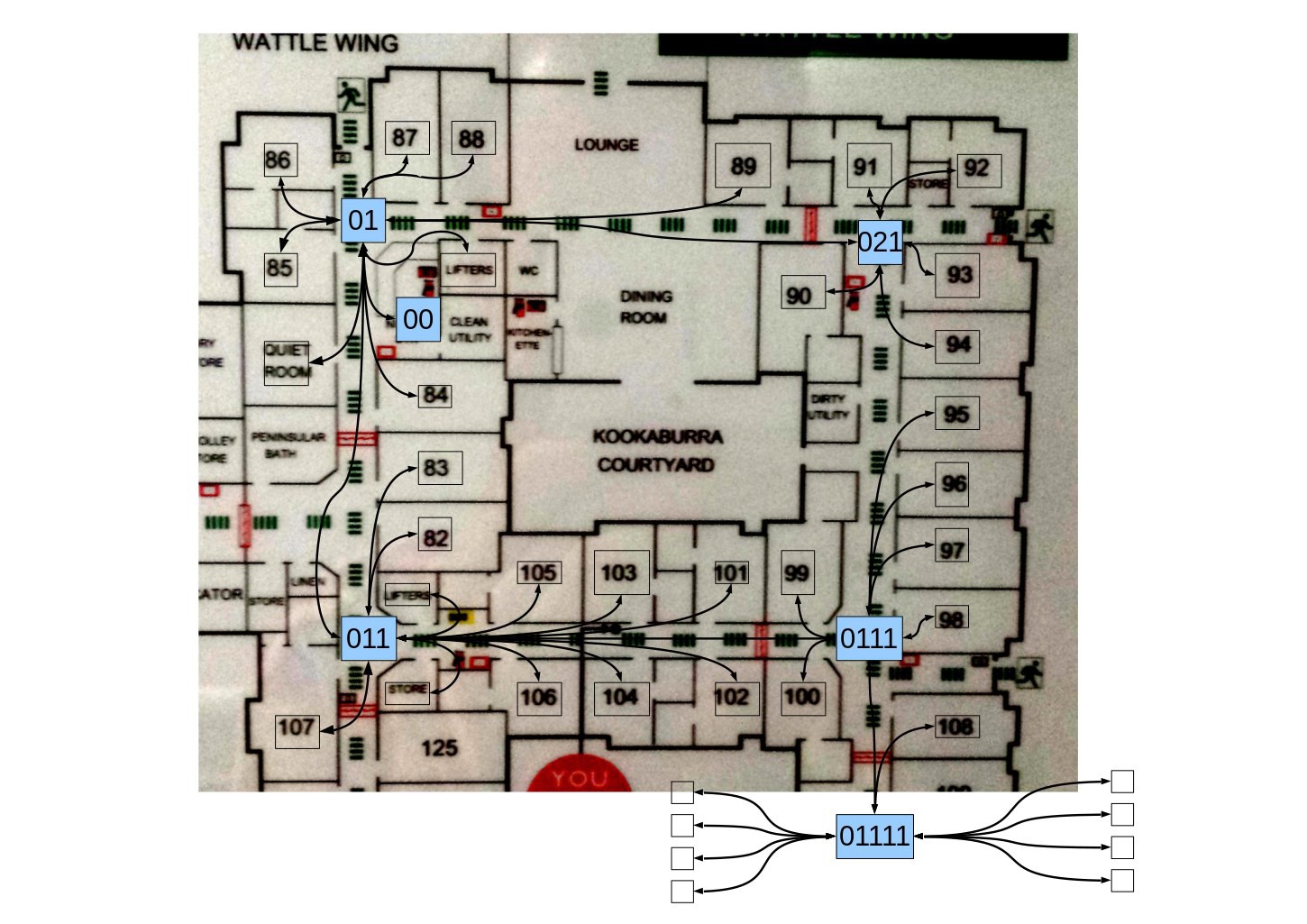

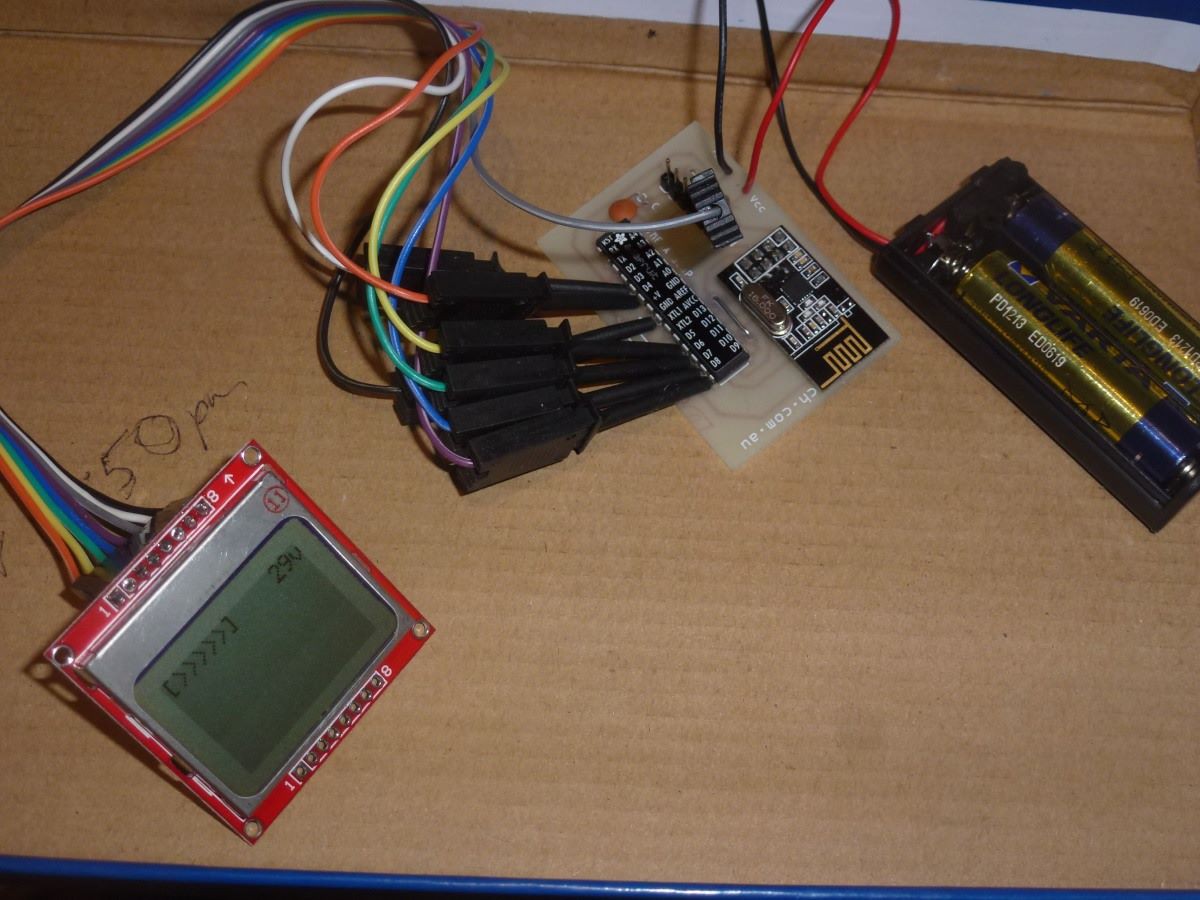
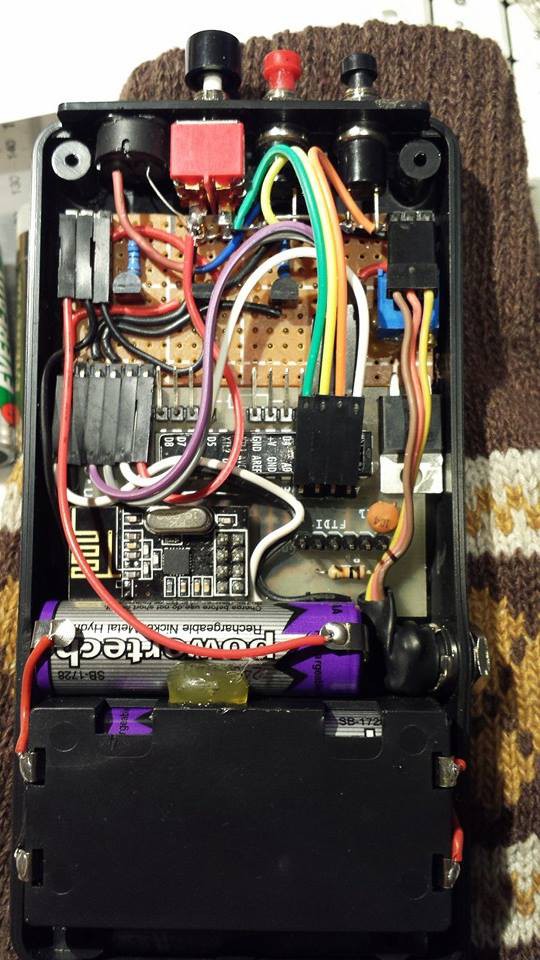
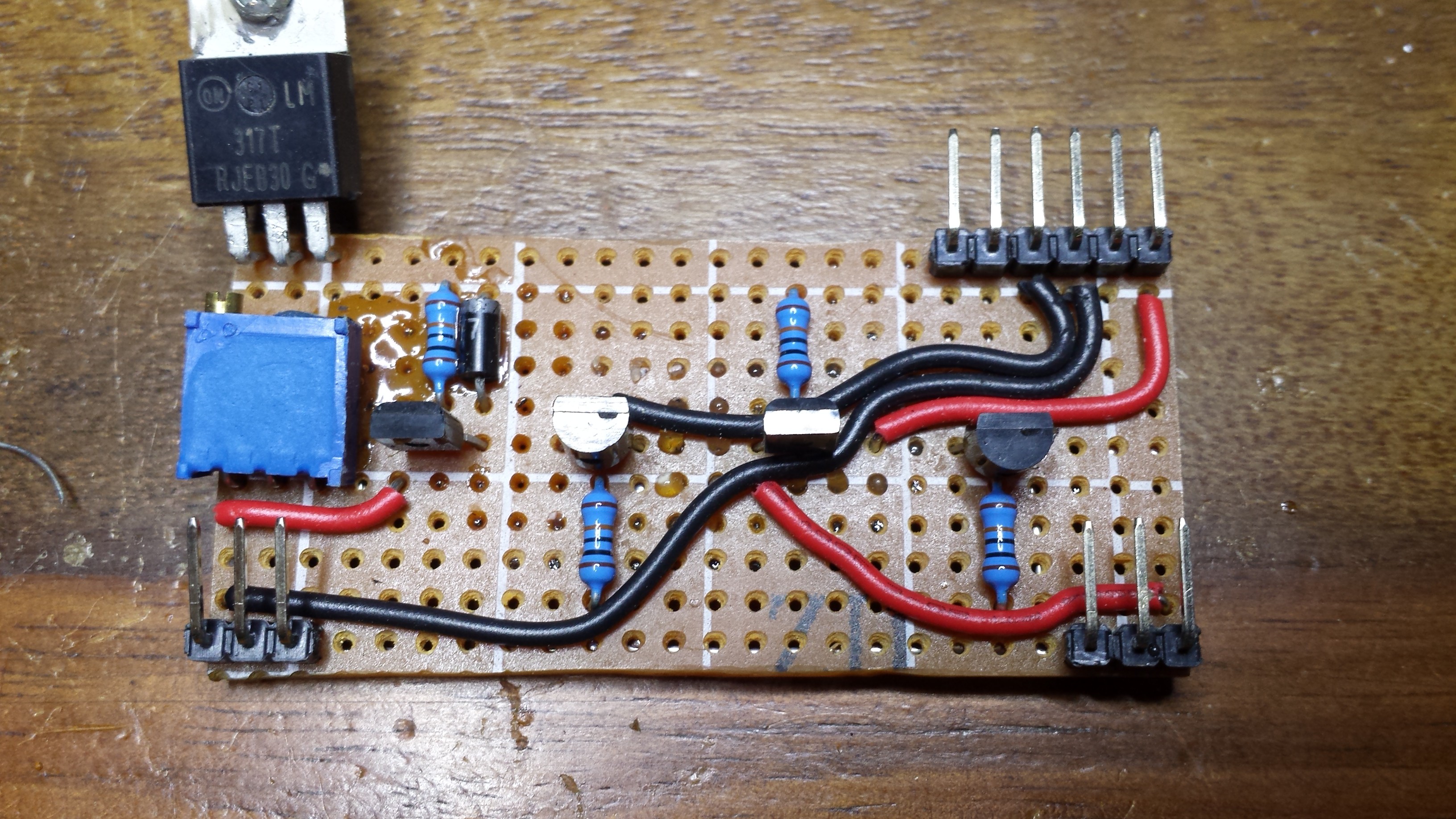
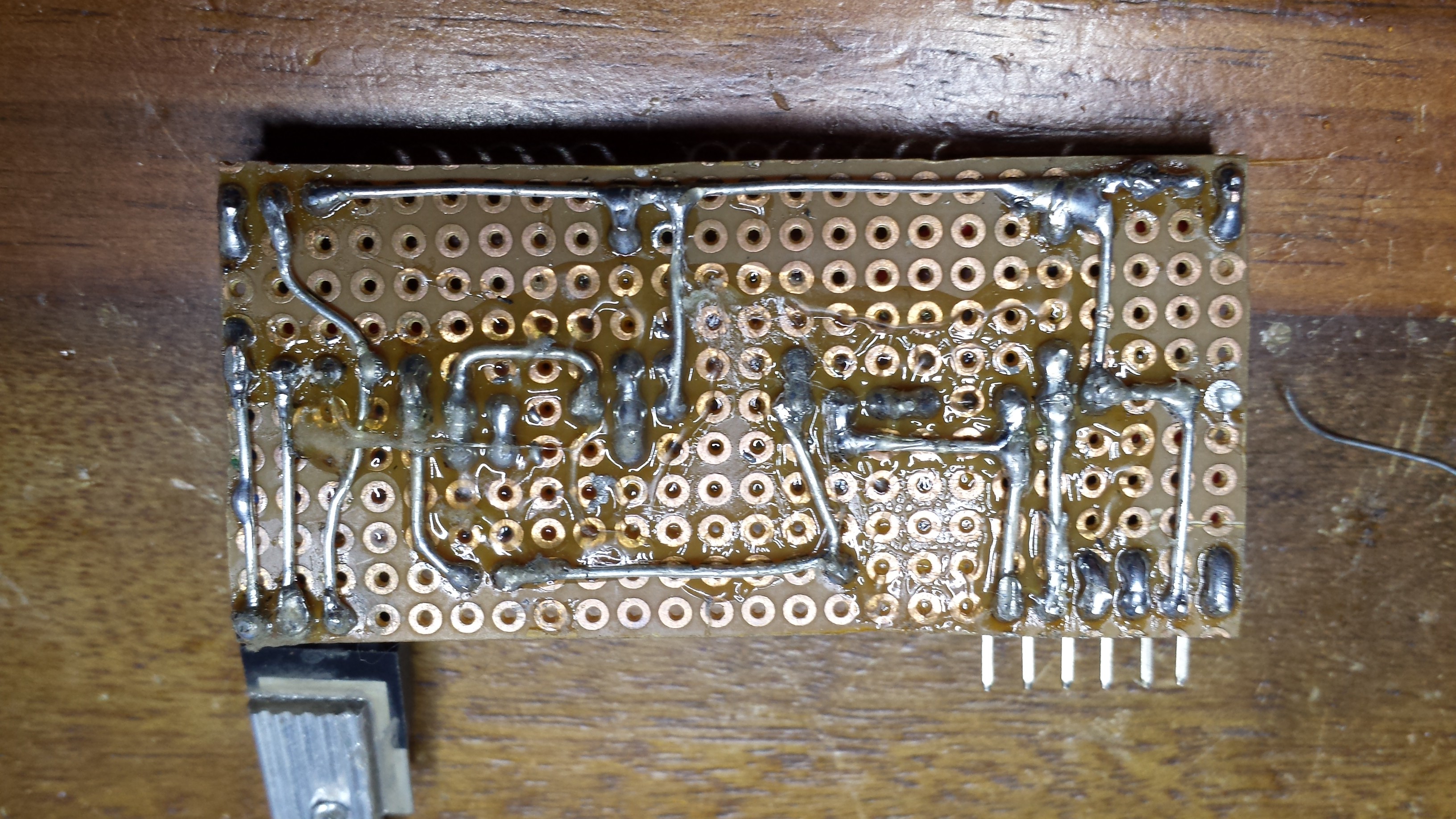
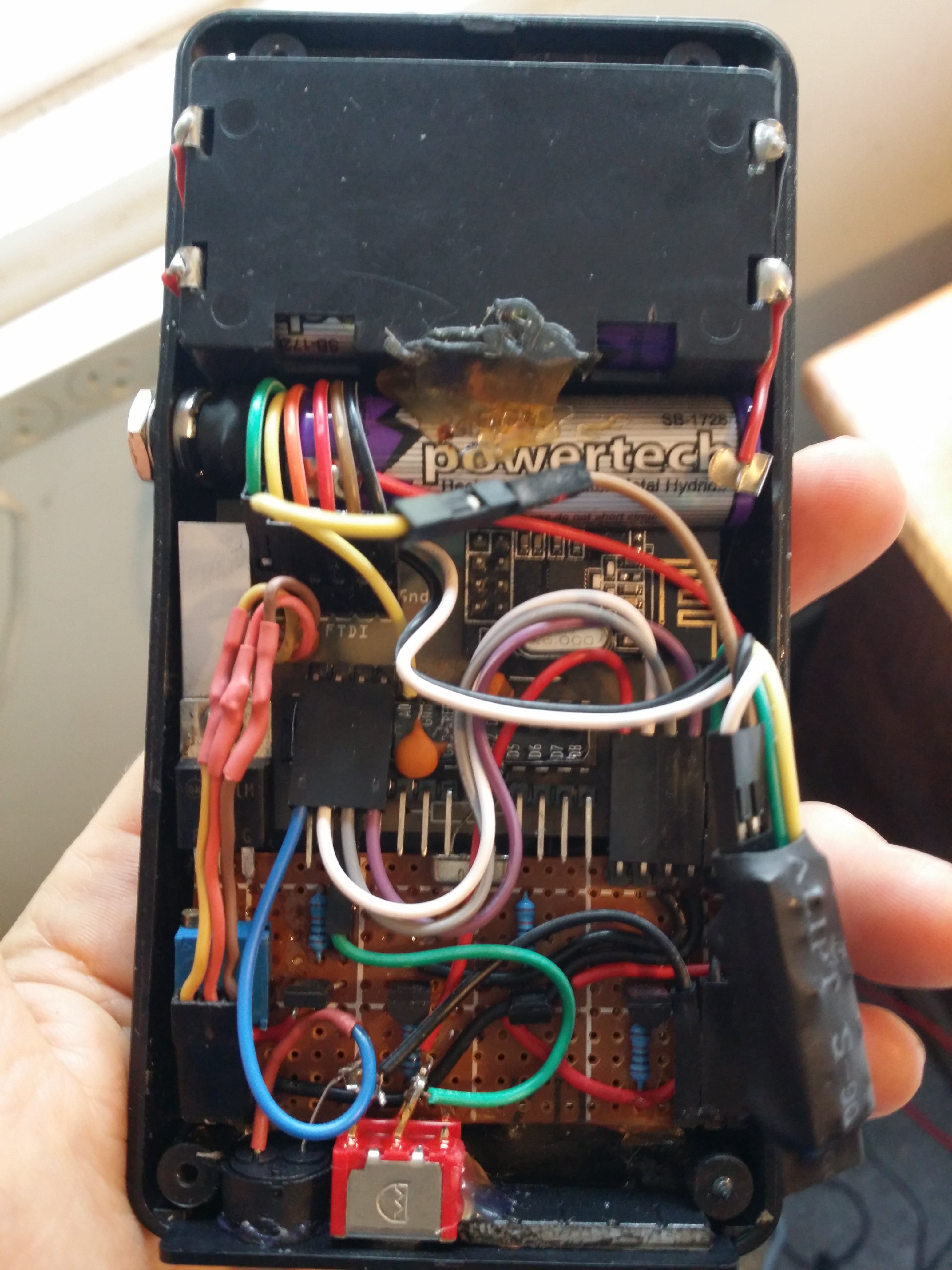
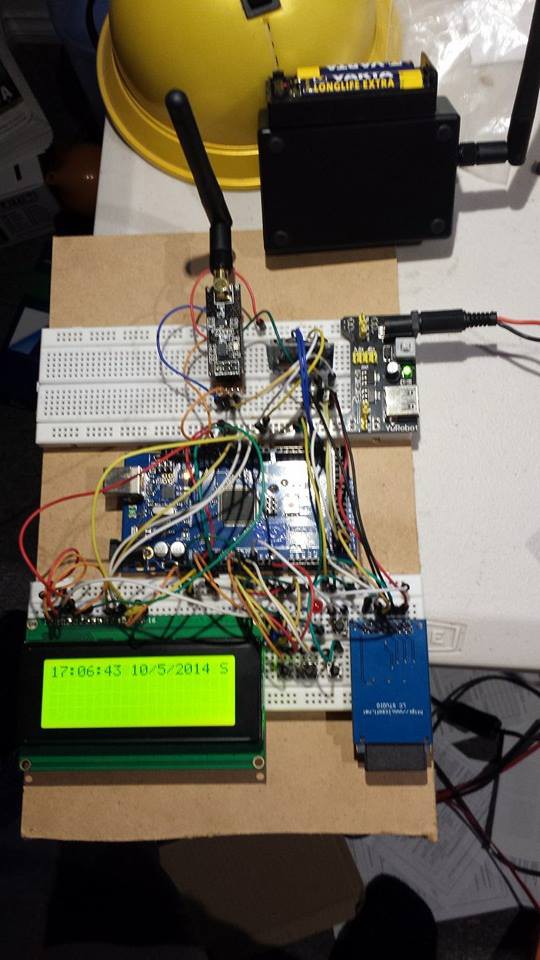
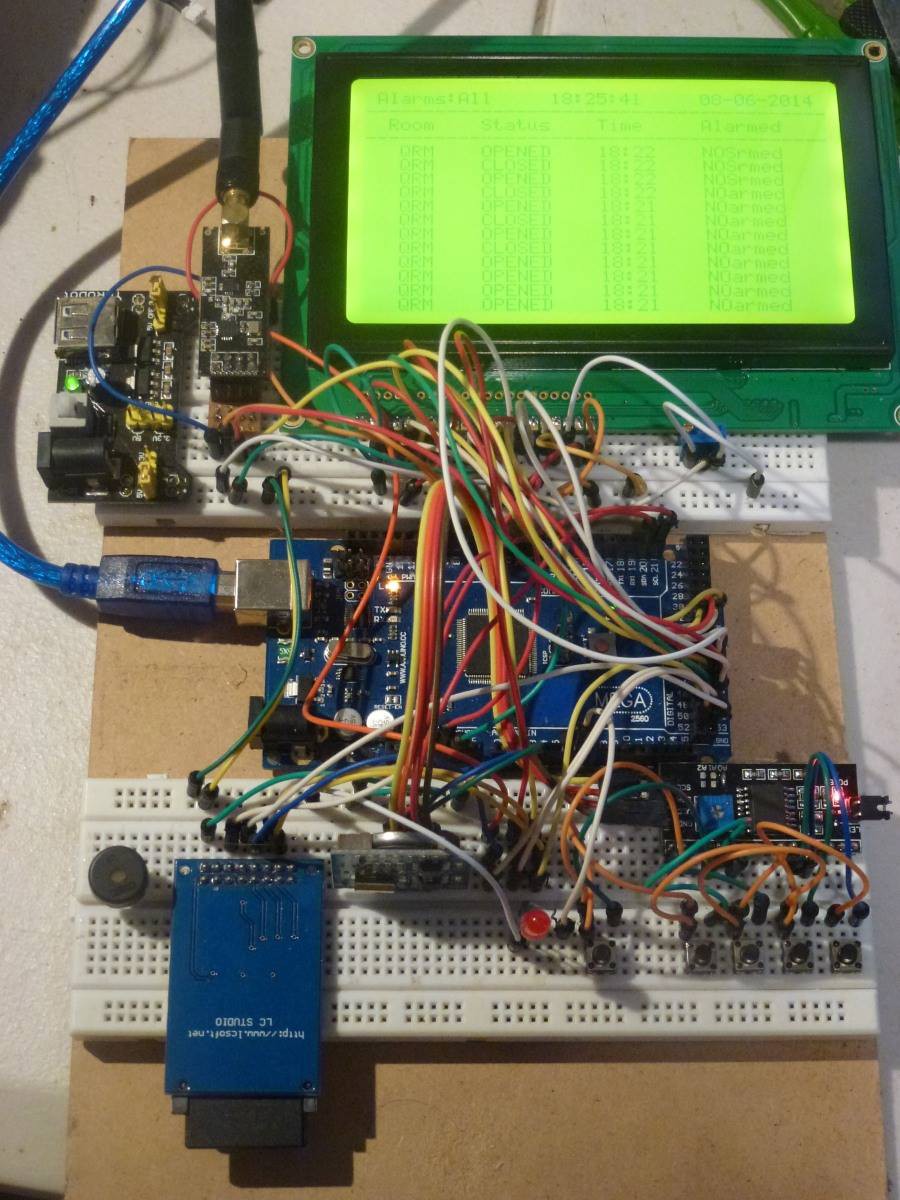
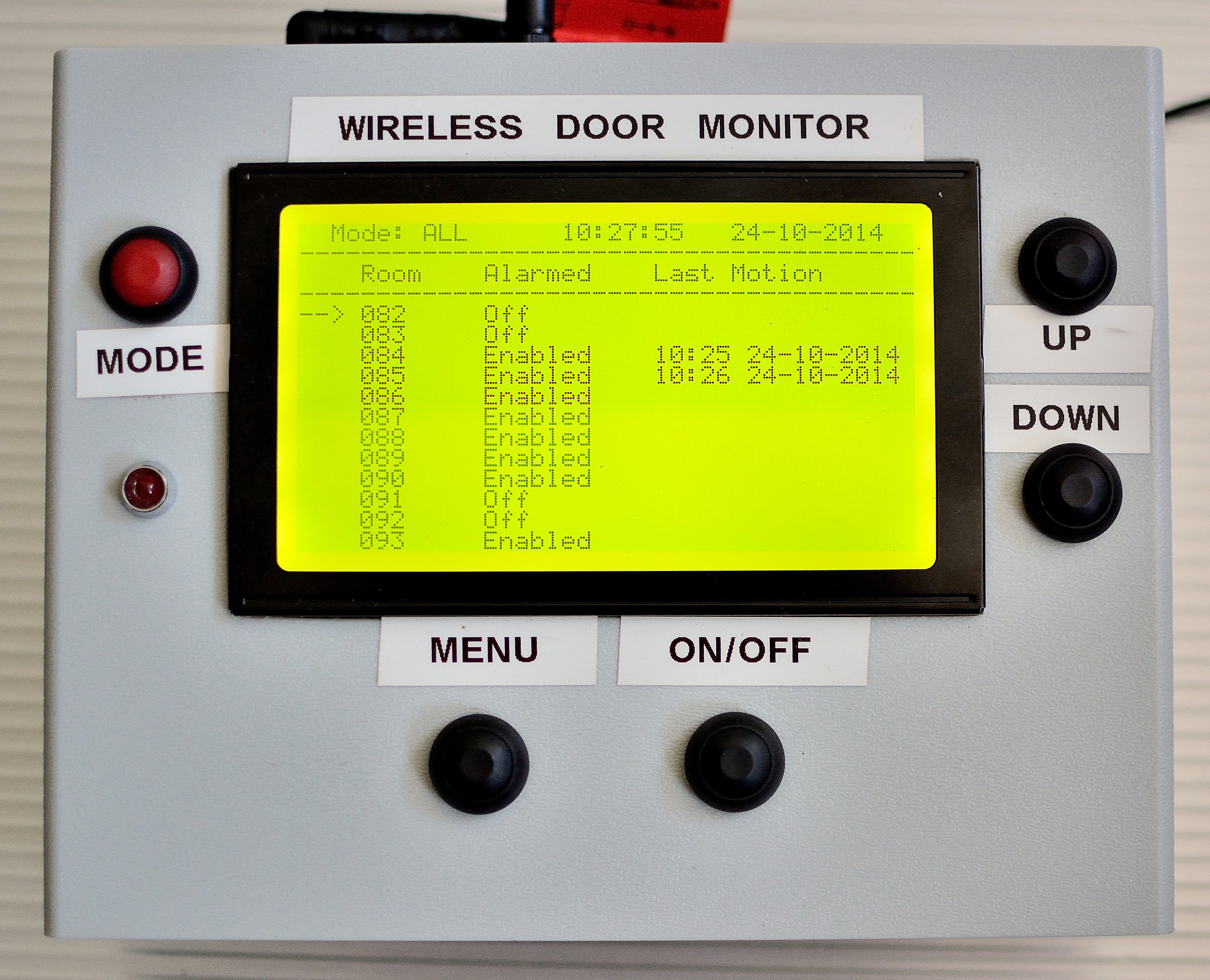
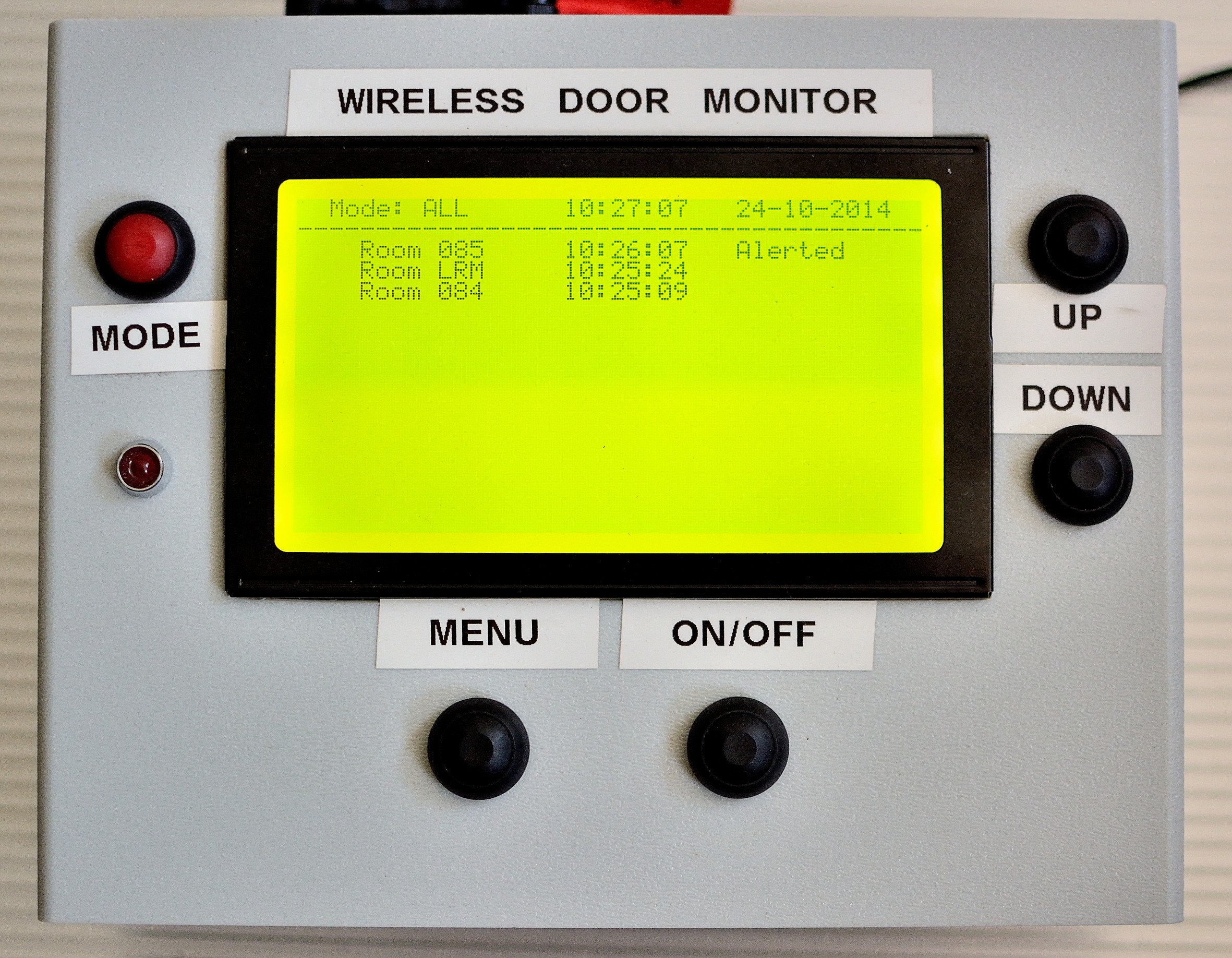
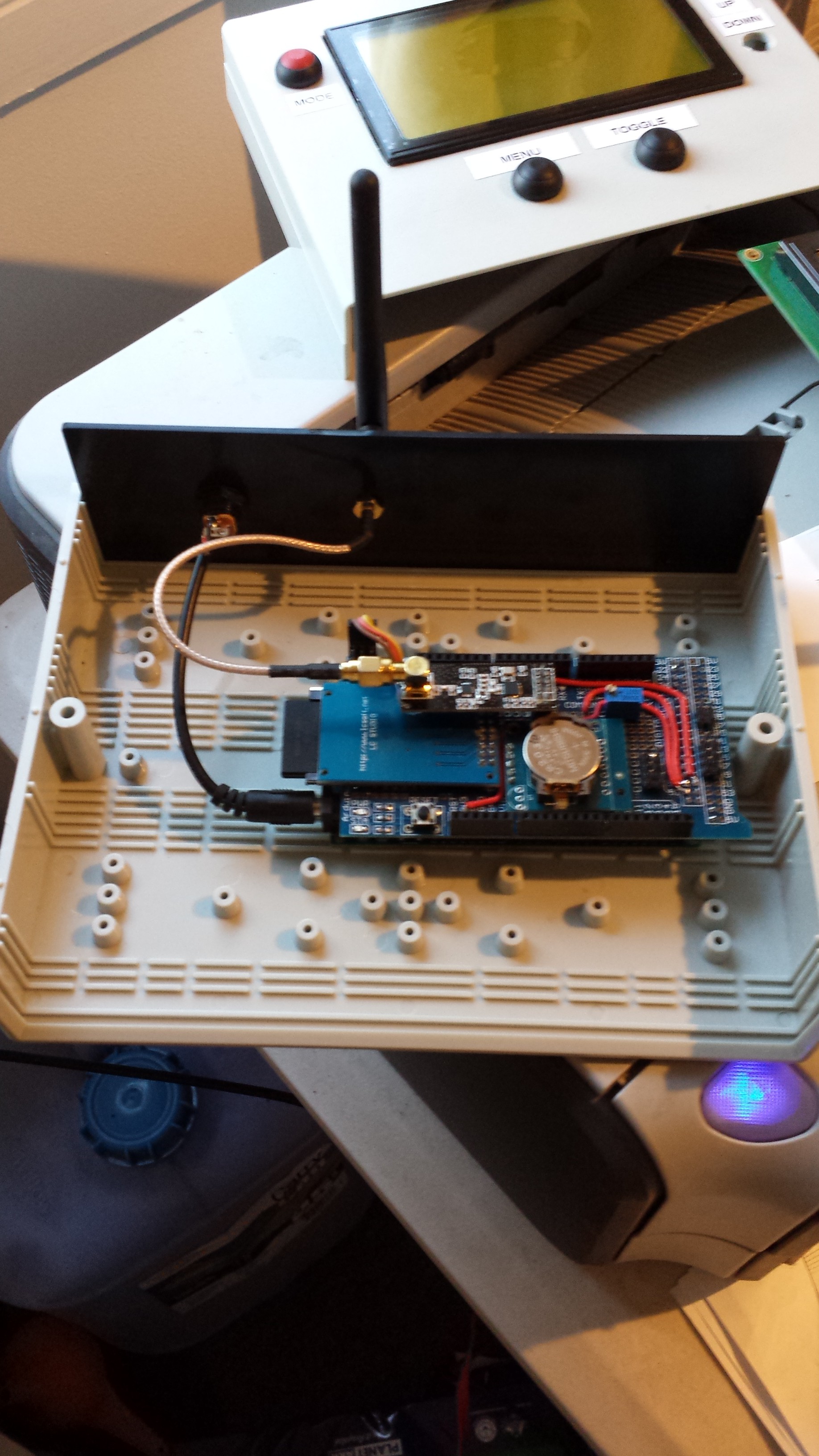
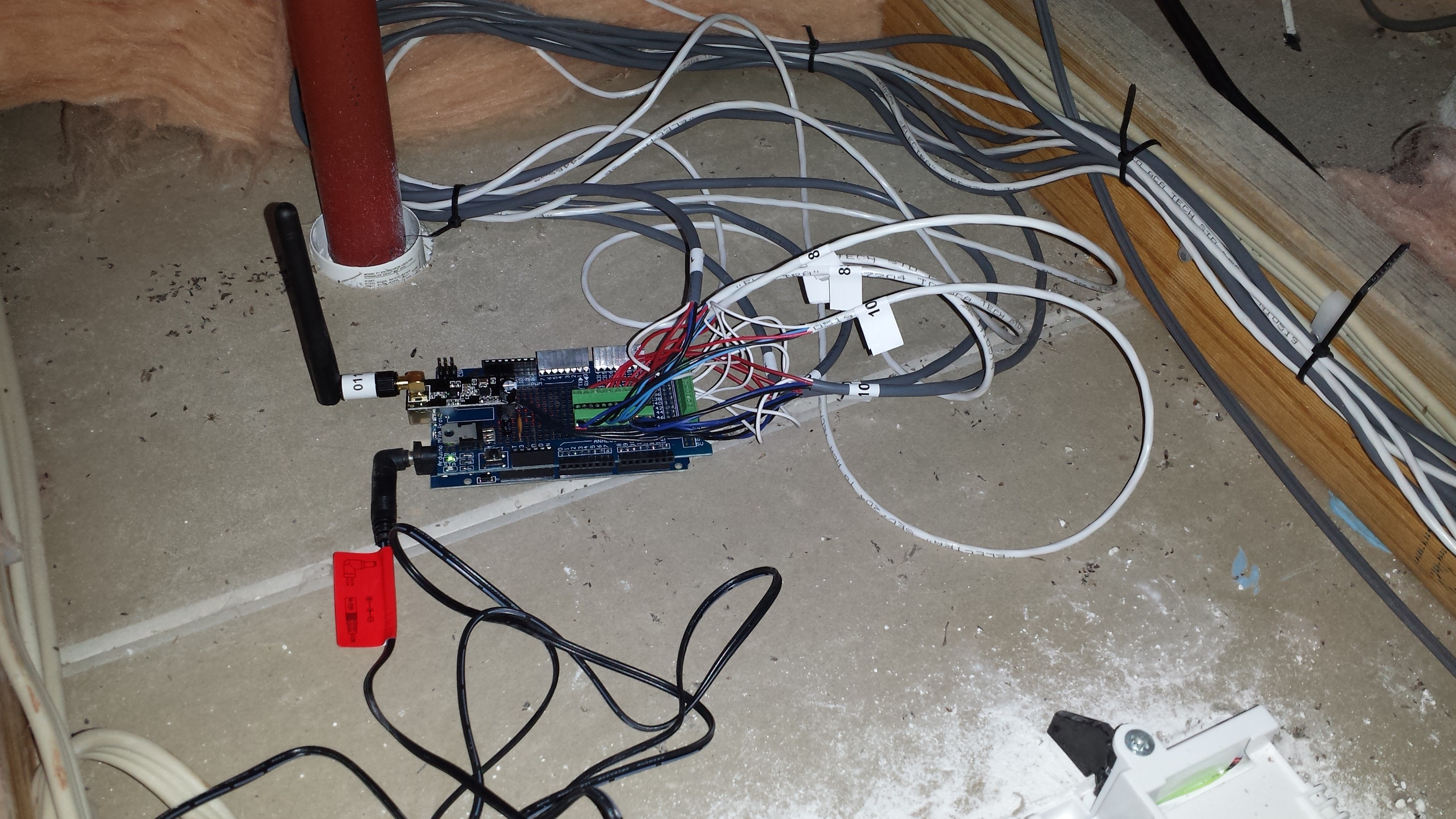
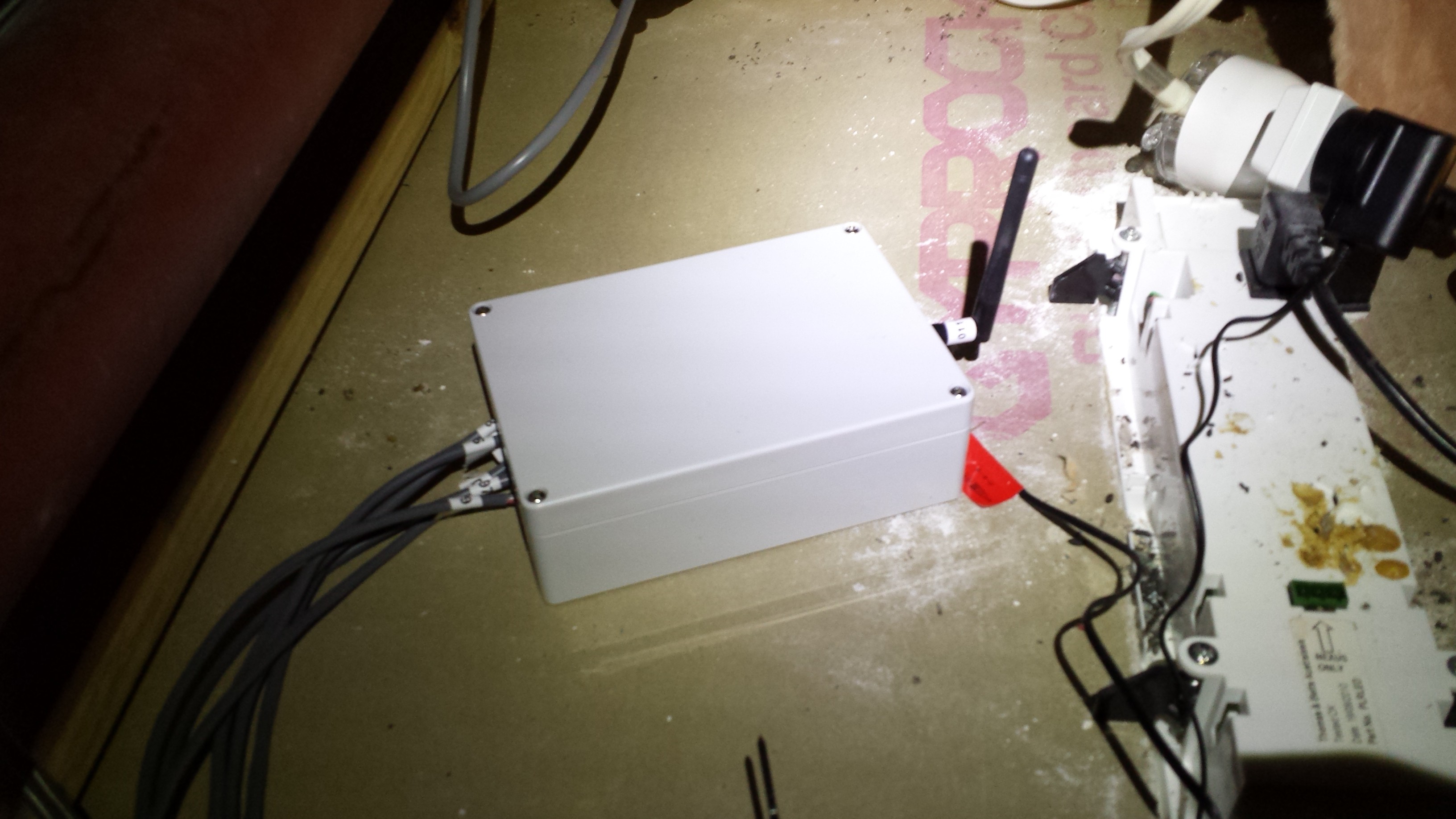
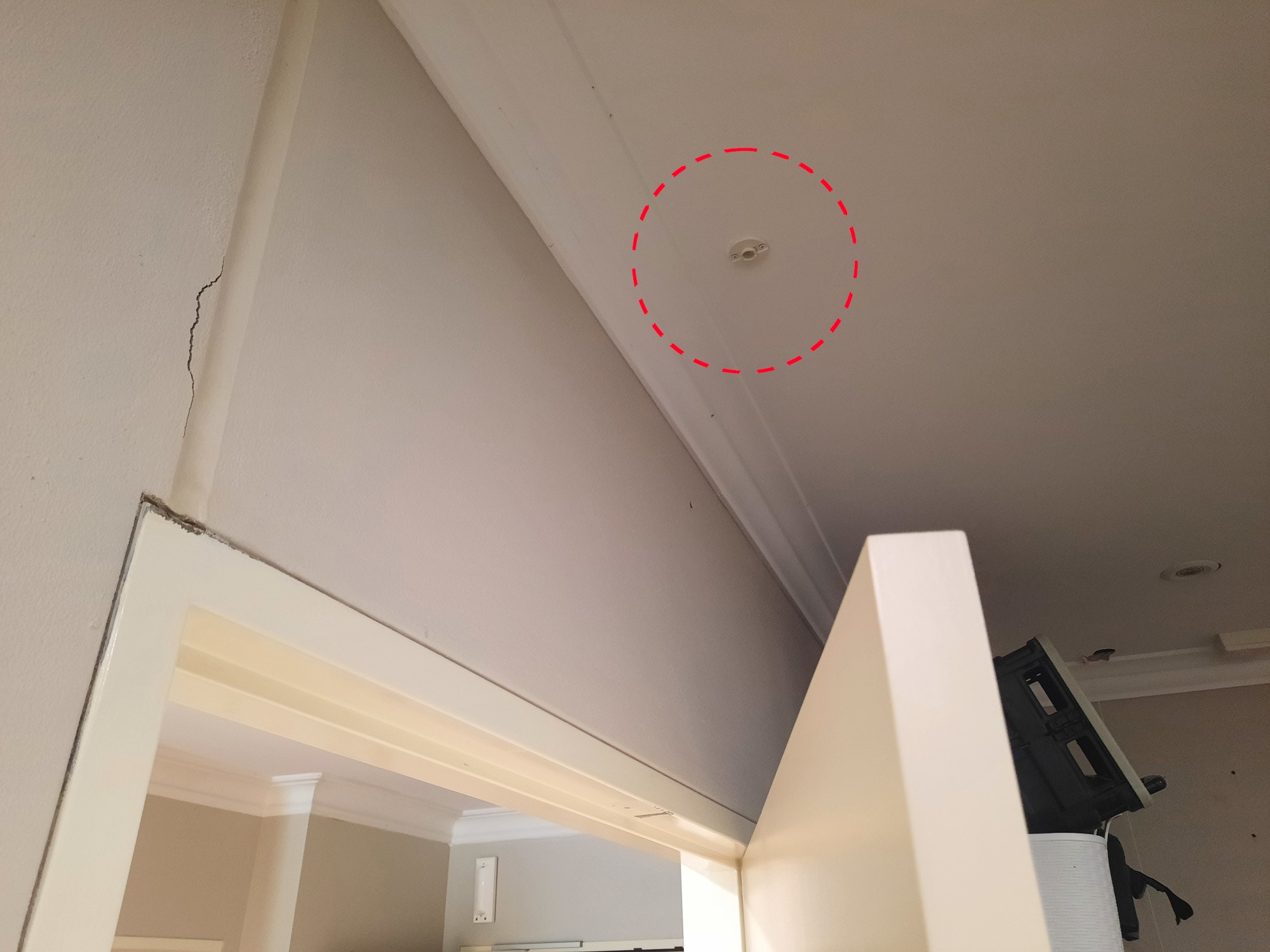
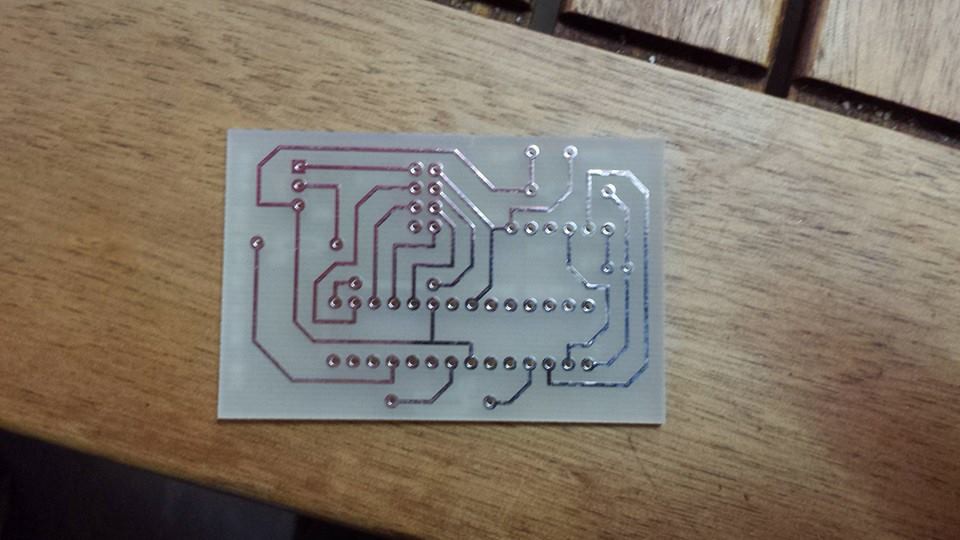
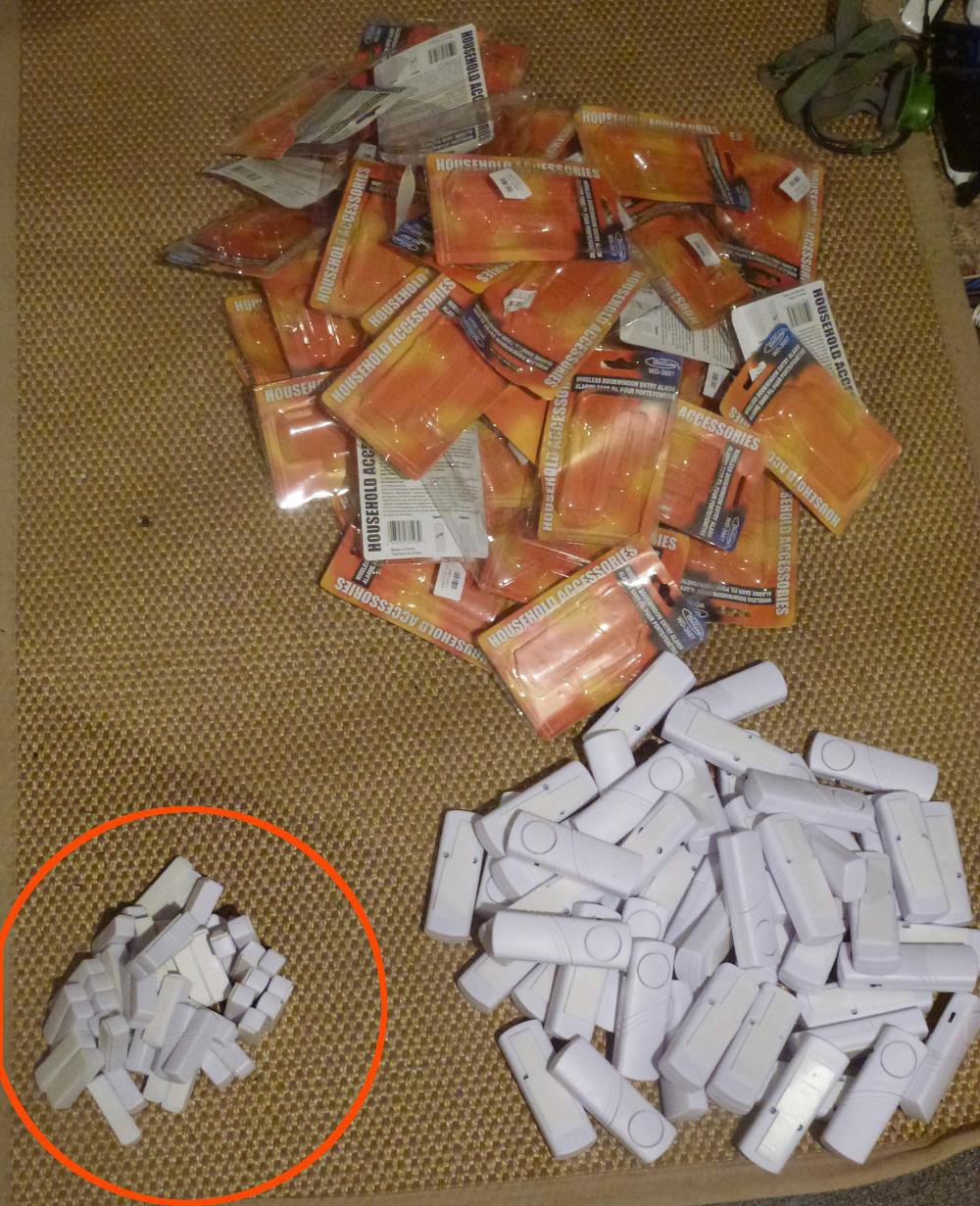
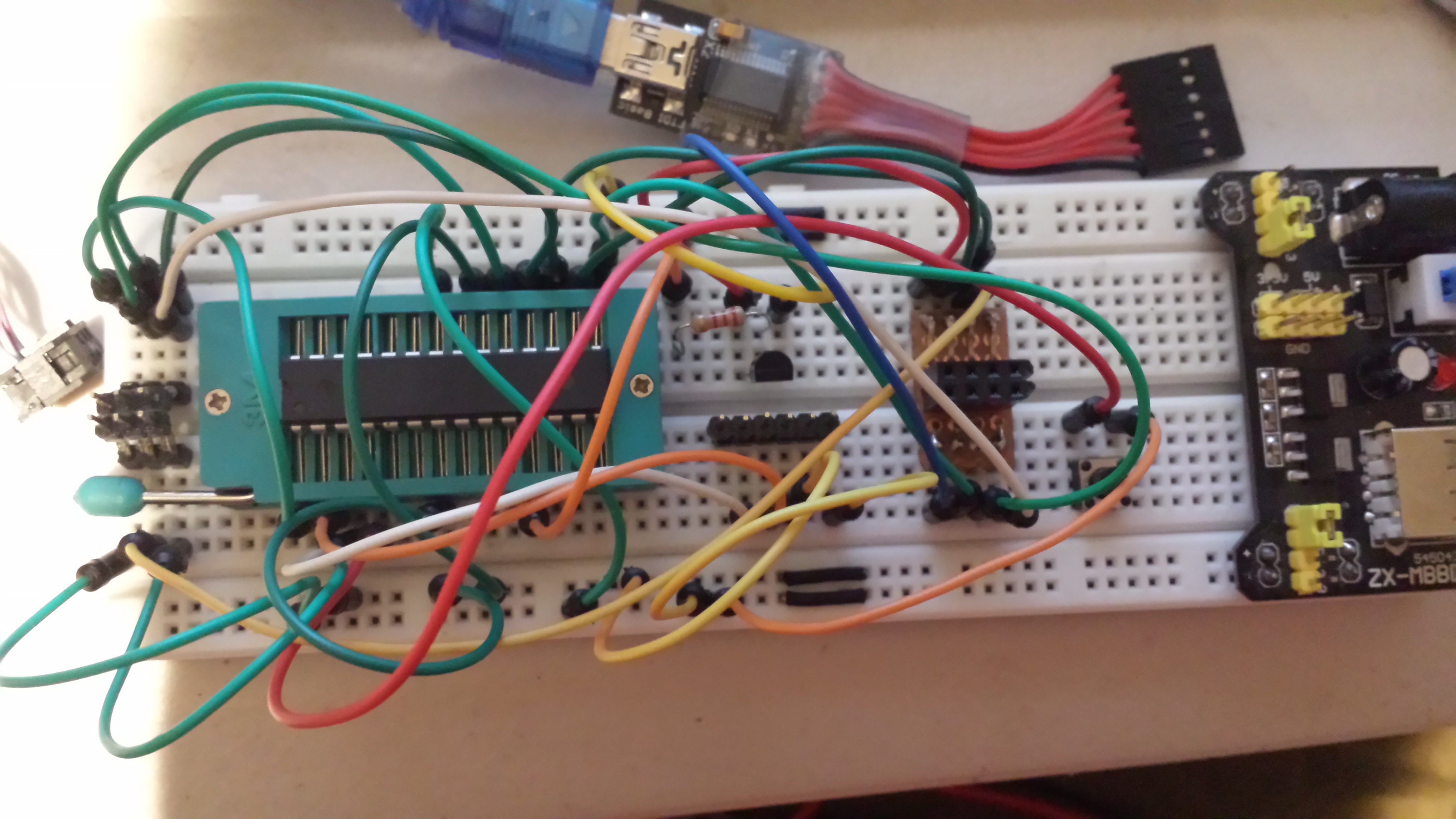
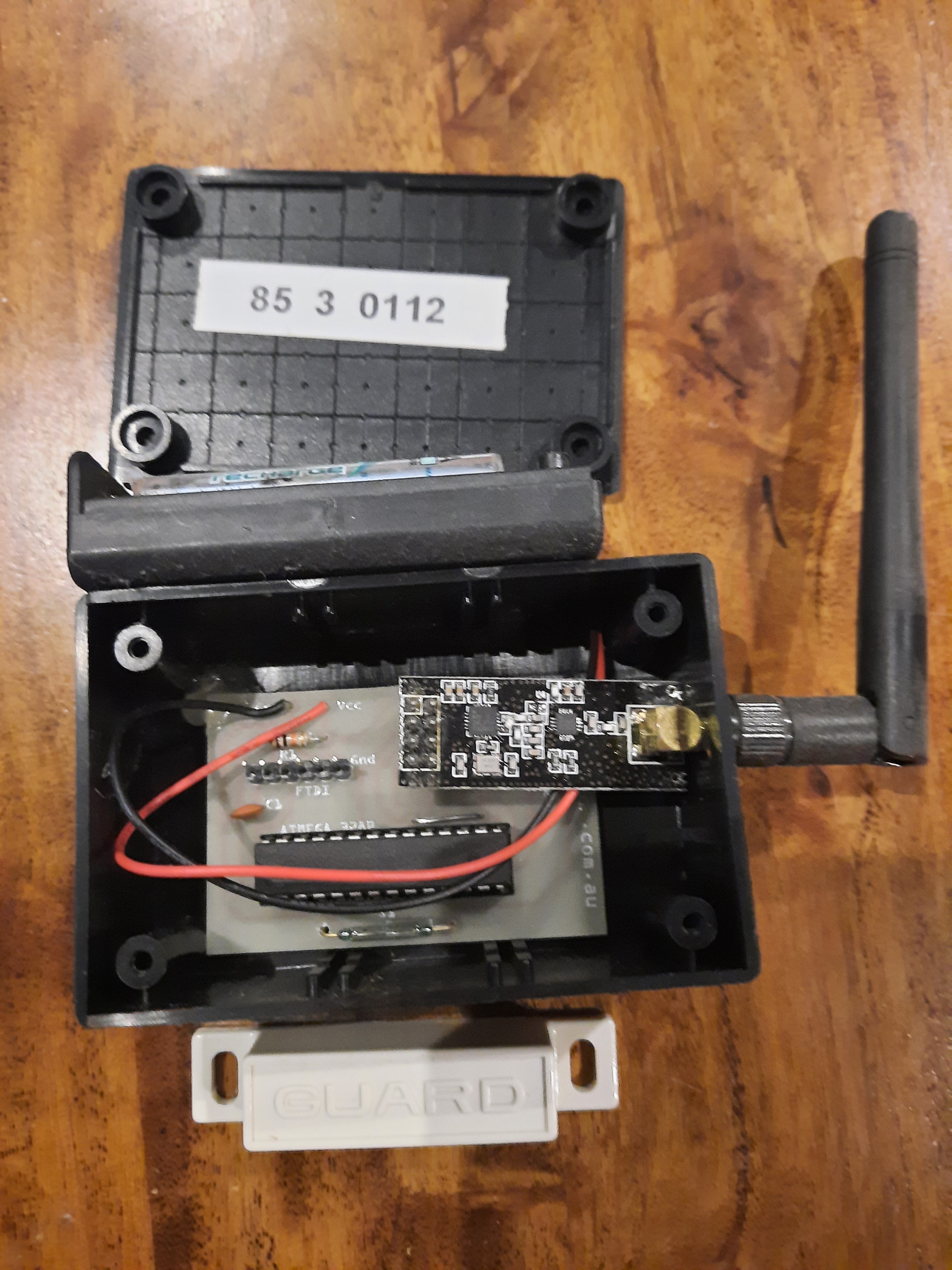
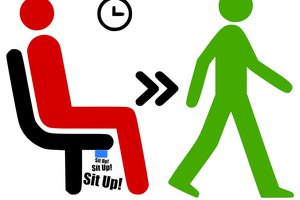
 electrobob
electrobob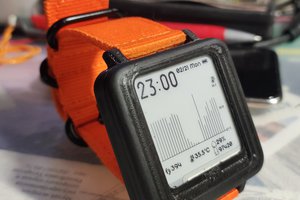
 Ivan
Ivan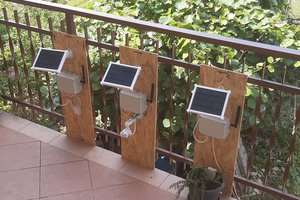
 Sergio Ghirardelli
Sergio Ghirardelli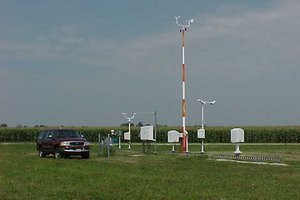
 sparks.ron
sparks.ron